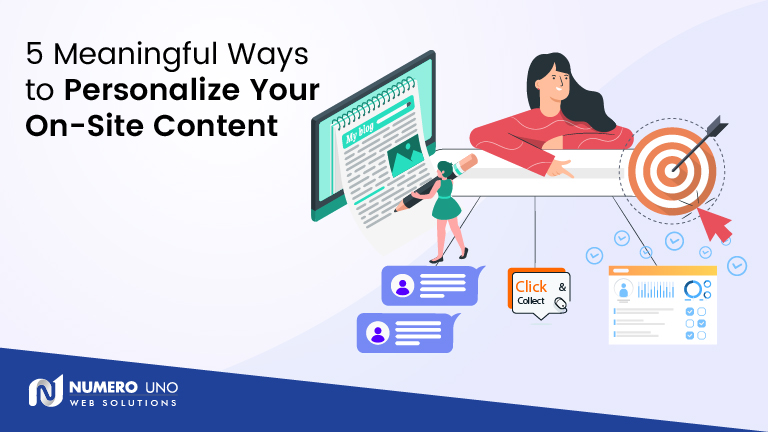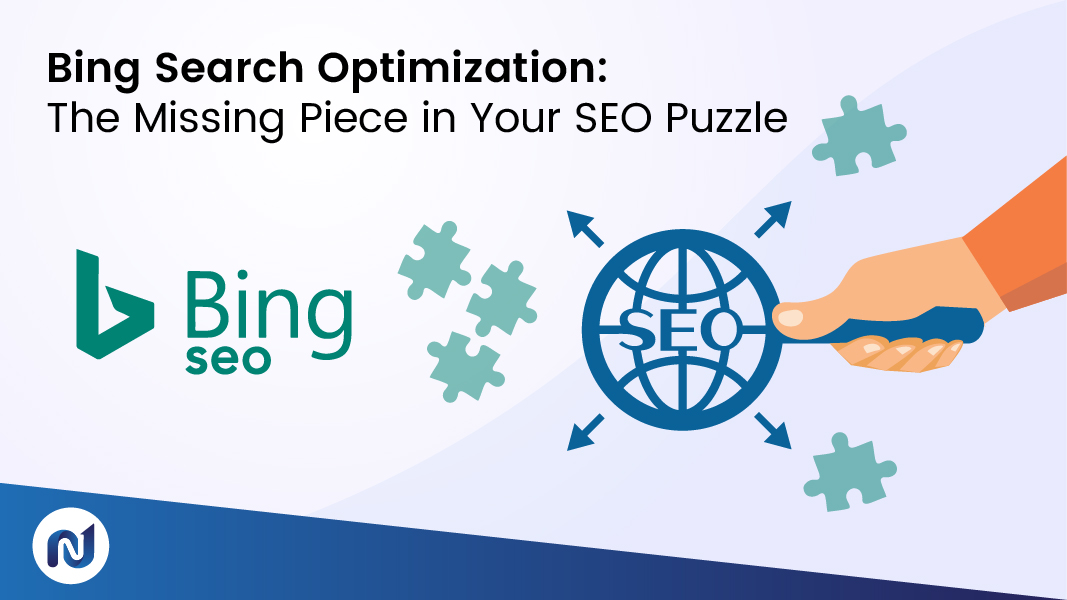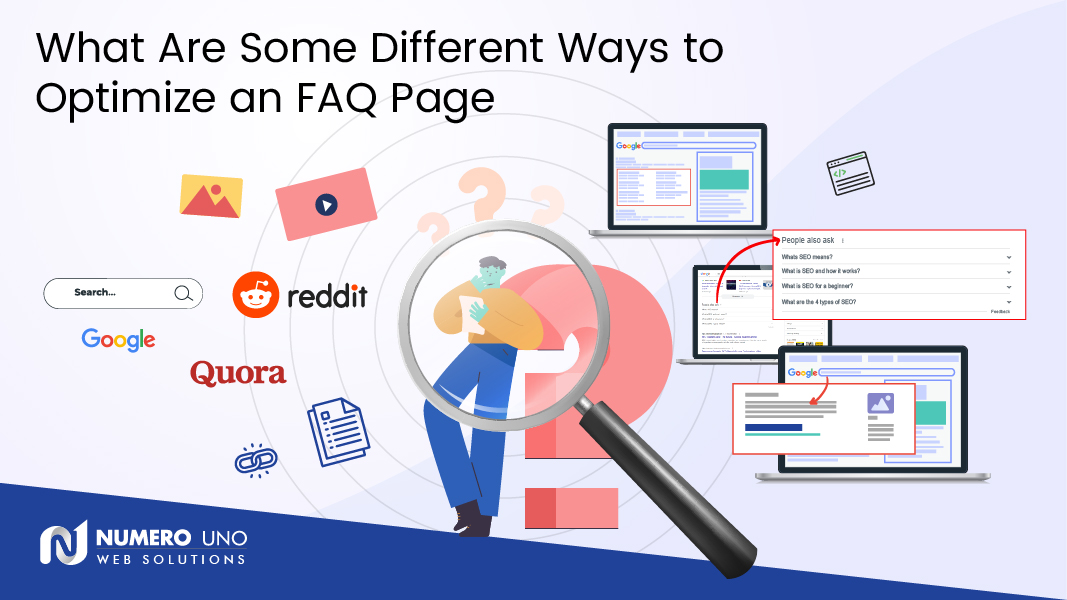
Content creators and SEO experts are so often focused on producing large volumes of content on a consistent basis that they frequently miss the bigger picture. More content doesn’t necessarily mean you’re going to get more meaningful impressions on your website. The best way to do that is through content personalization essentially, create content that’s so unique and enticing that users can’t help but to be drawn in by it. Effective content optimization and marketing in Toronto starts with securing an excellent SEO (search engine optimization) strategy. Once you have a feasible plan of action carefully mapped out, the rest is gravy.
Keep reading to learn more about the impact and importance of content personalization.
What Is Content Personalization?
There’s a certain sense of artistry that goes into content personalization. Content personalization is the process of creating a more personalized website experience for every single user. You can use certain user data such as past purchases, previously viewed items or pages, geographic location, as well as age demographic to estimate what types of content is most likely to appeal to each user. Presenting users with appropriate personalized content increases the likelihood of creating positive impressions, boosting your conversion rates, and building brand recognition and loyalty.
Why Is Content Personalization Important for SEO?
Content personalization is a vital component to creating an effective SEO campaign because it shows users that brands are taking a vested interest in their needs and preferences. As a result, content personalization can help establish a strong sense of brand awareness, recognition, and loyalty from both prospective and existing customers.
Conceptually, personalizing the shopping experience has been a longstanding staple of the marketing industry. From retail to other sales sectors, personalized marketing has always been a great way to demonstrate dedication to providing the utmost customer care and service.
Experienced sales personnel know how to ask the right intuitive questions in a conversational manner to get the information they need from their customers to facilitate a sale and build a strong relationship with their customers. Questions include what the customer is looking for, what their budget is (tactfully, of course), what occasion they’re shopping or browsing for, and whether they’re shopping for themselves or someone else.
On-site content personalization uses the same basic principle to glean useful information about users and create a completely personalized online shopping or browsing experience that increases the chances of making a sale.
What Are the Benefits of Content Personalization?
Imagine visiting a brand’s website and finding exactly what you’re looking for whether it’s a product, a service, or some information in as little time as possible. Content personalization is designed to improve customer experiences and boost retention rates by doing just that. Here are some ways you can use content personalization in your website design.
Understand User Search Intent
Search intent is an important concept to keep in mind when adding new and dynamic content to your website. It’s not so much about the keywords that are being used, but more about reading between the lines.
Machines and computers aren’t naturally equipped with the ability to understand different types of semantics. They can’t separate literal meaning from figurative meaning, but Google is becoming increasingly sophisticated and adept at deciphering search intent from the literal keywords that are entered in the search bar. For instance, one can assume that a search for digital marketing would render results for companies that offer digital marketing, content marketing, or SEO services. But Google anticipates that some users might actually be searching for statistical data, a definition of the term, and what exactly it entails.
When writing website content, it’s important to consider all possible search intents and create content that speaks directly to your target audience based on what you think they’re searching for.
Define and Understand Your Target Audience
On that note, you should take the time to define your target audience and fully understand what they’re looking for and what they expect to get from your brand. Start by considering who your target audience is. Who does your brand or company cater to specifically? Defining your target audience is an excellent starting point to helping you figure out the type of content you should produce and how you can effectively reach out to the exact types of users who are interested in it. It’s not enough to just have a general idea of who you want to target with your content, you need to dig deeper than that in order to make meaningful and long-lasting connections.
Conducting market research using the plethora of online resources available to you will help you gain a better understanding of your niche target audience and understand their needs and sensibilities, so that you can create custom-tailored content just for them.
Track and Analyze User Behaviour
Past user behaviour on your website is the number one key to truly learning what you need to know about your target audience. It can help you forge a strong connection and predict their needs and preferences ahead of time, so that you can offer a well-rounded user experience.
What exactly does this mean?
Basically, you can create detailed user profiles based on previously viewed and purchased items, past search inquiries on your website, and pages visited. This information establishes a bigger picture of what your users are looking for and it allows you to make appropriate service and product recommendations that speak directly to them.
Personalized Blog Post Recommendations
Increase the ante with personalized blog post recommendations. Blog posts can be lighthearted and anecdotal to get people interested in your content while also divulging nuggets of useful information to your target audience. Use meaningful subheadings to drive up search engine visibility and pique greater interest in your content.
Highlight Testimonials and Add a Call-to-Action
To further build on the usefulness of personalized blog post recommendations, you should absolutely include top customer testimonials and informative calls-to-action throughout content pieces on your website. Testimonials tell prospective customers why they should support your brand and what they can get out of it. Calls-to-action provide a brief personalized brand history and offer a unique perspective of your organization while also serving the practical purpose of telling users the best way to reach you.
Work with a Professional SEO Agency in Toronto
Numero Uno Web Solutions is one of the leading SEO and web marketing firms in North America. Taking a customer-centric approach to our SEO practices, we work with numerous small and medium-sized businesses across the globe to help them build strong online brand images and establish long-lasting customer relationships by producing great content. Contact us today to learn more about our services and how we can help you grow your online business.



